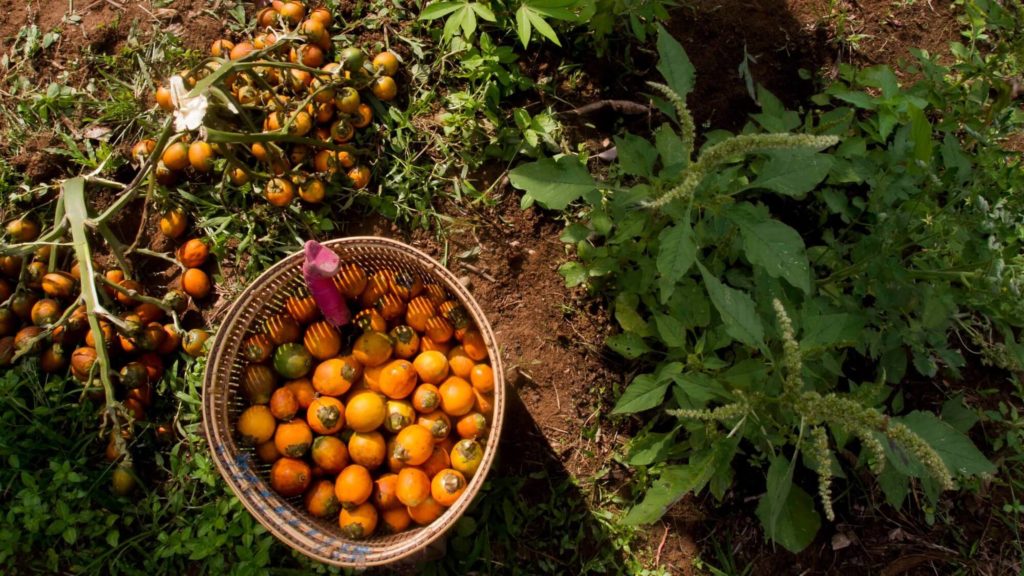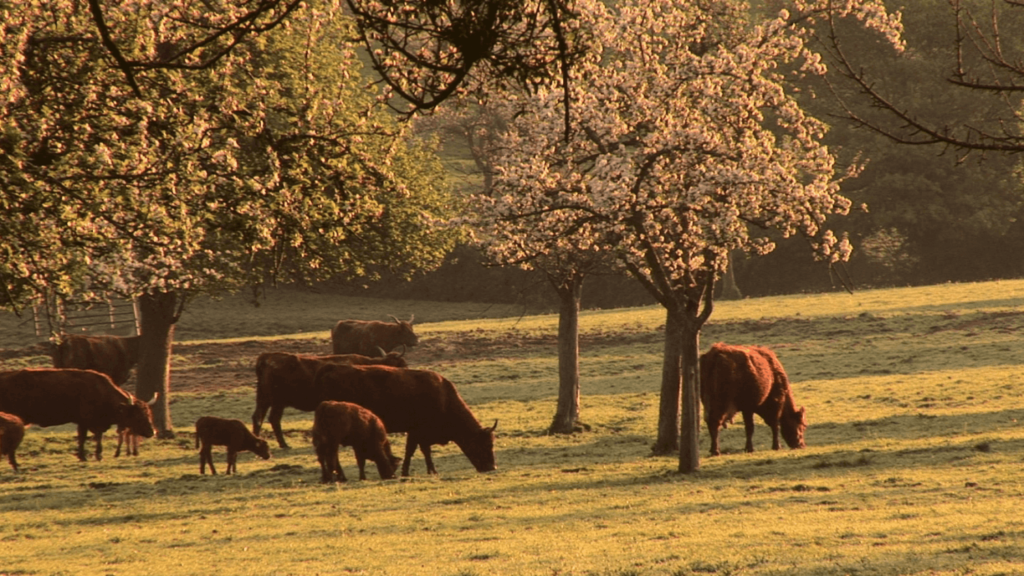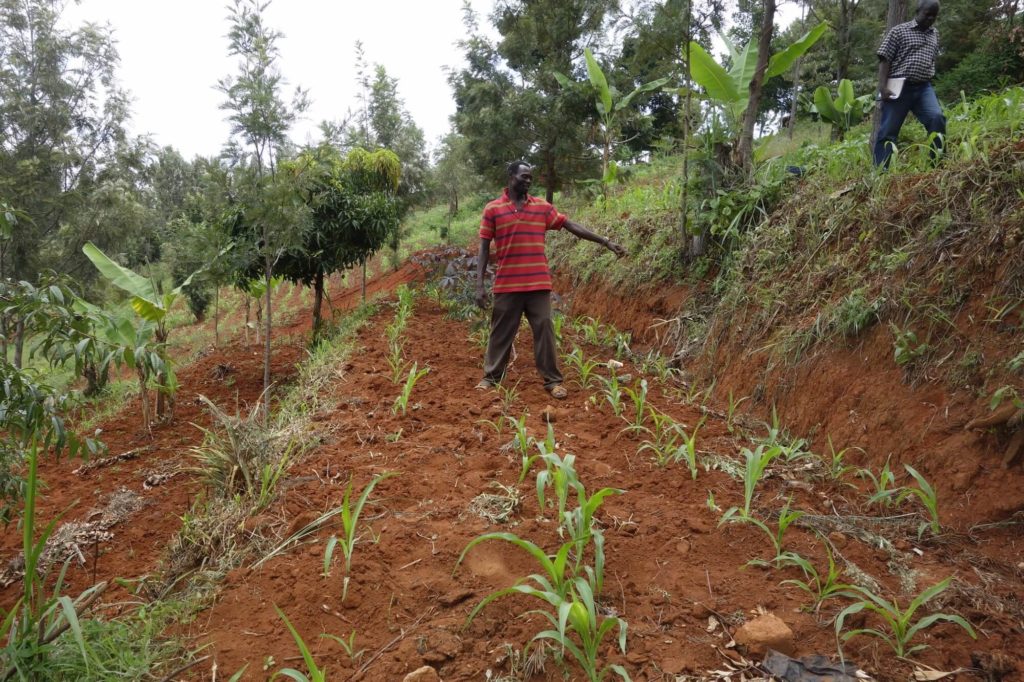Agriculture matters. It’s the biggest employer and we are yet to discover a more effective way to lift people from poverty. Agriculture is also the biggest water user and the biggest driver of deforestation.
Agroforestry, an agricultural method where trees and crops are cultivated on the same land, is declared to be a win-win-win miracle approach with many benefits – from climate to biological diversity to economic development. Many experts stand behind the message that agroforestry can contribute to achieving most of the Sustainable Development Goals.
So, if agroforestry is so good, why doesn’t everyone do it? This question has been broadly discussed during the World Agroforestry Congress 2019, and here are five barriers to agroforestry adoption and ways to overcome them.
-
Change is always a risk
The wonders of agroforestry are well known, but farmers who have to switch from accustomed practices to something they haven’t tried before perceive it as a risk, no matter the promised increases in yields.
Rossana Proaño , CONDESAN Ecuador, saw that farmers in Ecuador are reluctant to apply agroforestry, even after receiving training on the matter. She believes that the fear could decrease if the training would have a consistent follow-up, instead of being a one-off event. The farmers found it difficult to know if they had adopted the techniques correctly and according to the specific conditions on their farms. Proaño stressed that transition to agroforestry needs to go along with safety nets, so the farmers can change without risking their livelihood.
Echoing this message, Arun Dhakal, Nepal Agroforestry Foundation, mentioned that his research in Nepal revealed that farmers with larger land slots are more likely to adopt agroforestry. Abundant land allows them to experiment with agroforestry on a piece of their acreage while keeping traditional agriculture on the rest. This way their perceived risk decreases and, after that, if successful, the agroforestry area could expand.
What is more, Rossana Proaño also said that farmers frequently receive conflicting messages from the authorities and the development partners. For instance, in Zambia, the government promoted fertilizer support programs and offered subsidies for chemical fertilizers, while researchers were promoting agroforestry as a means to reduce the dependency on these same fertilizers. The take away is that transition requires a coordinated effort and a supportive enabling environment.


